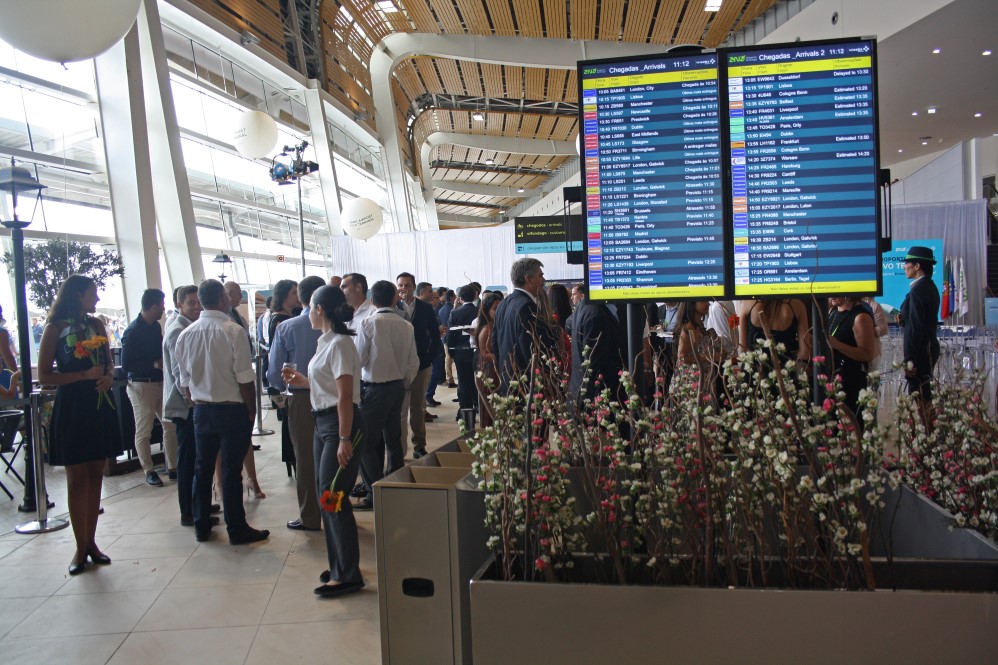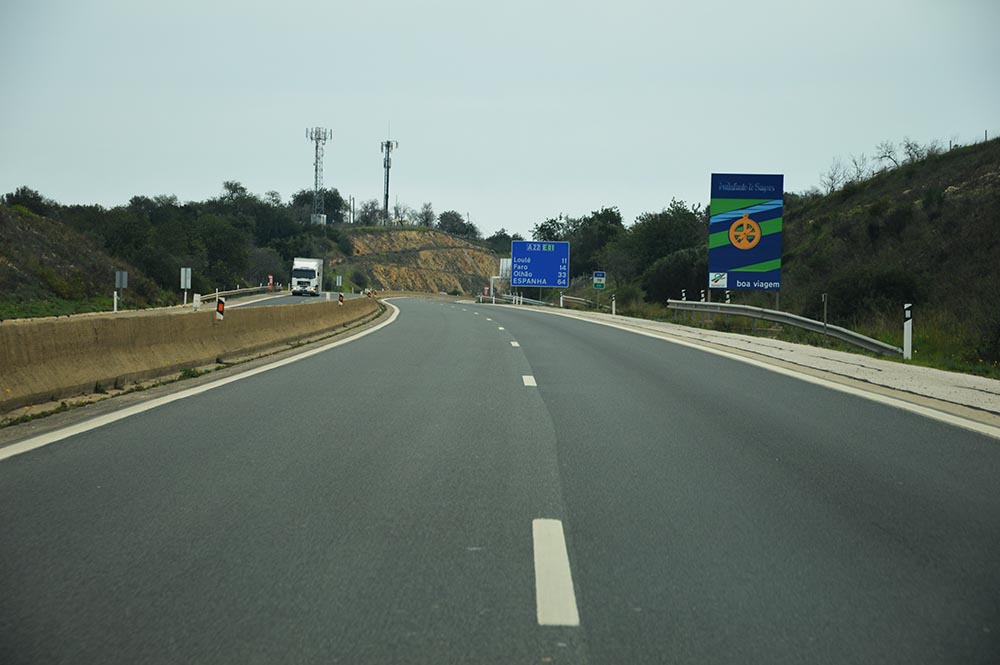 The Algarve once again had «significant increases in flows and traffic" in the different modes of transport, during the 2nd quarter of 2017, compared to the same period of the previous year. THE Algarve Regional Coordination and Development Commission (CCDR) presented the "Conjuntura Bulletin - Mobility and Transport" April, May and June, where they stand out increases in passenger movement at the airport of Faro, on maritime and river connections, on trains (both regional and long-haul), and on the region's main roads.
The Algarve once again had «significant increases in flows and traffic" in the different modes of transport, during the 2nd quarter of 2017, compared to the same period of the previous year. THE Algarve Regional Coordination and Development Commission (CCDR) presented the "Conjuntura Bulletin - Mobility and Transport" April, May and June, where they stand out increases in passenger movement at the airport of Faro, on maritime and river connections, on trains (both regional and long-haul), and on the region's main roads.
According to the Algarve's CCDR, «the most consolidated increases occurred mainly in traffic on the A2 and A22, and in long-haul rail links, which registered the sixteenth consecutive positive quarter-on-quarter variations».
“It is also worth noting what can be understood as a very positive trend in terms of sustainability: the fact that collective road transport in urban areas already presents the sixth consecutive positive quarterly variation”, adds the entity.
The International Airport of Faro registered a total of 18.652 flights and 2.857.758 passengers (commercial movement). Compared to the same quarter of the previous year, there was a 19,8% increase in the number of flights and a 23,3% increase in the total number of passengers handled. These are very unusual numbers, as, as the CCDR pointed out, they are higher “than the movements of the 3rd quarter [July, August and September] in all years, with the exception of 2016”.
This increase in the number of passengers is the thirteenth consecutive positive quarterly variation (since the 2nd quarter of 2014).
 This quarter, the Airport of Faro handled a total of 112.189 passengers with the other airports in the national space, a figure that corresponds to 3,9% of the total passenger movement in the quarter.
This quarter, the Airport of Faro handled a total of 112.189 passengers with the other airports in the national space, a figure that corresponds to 3,9% of the total passenger movement in the quarter.
The regional rail service (Lagos – Vila Real de Santo António) handled a total of 496.753 passengers, which represents an increase of 12,3% in relation to the same quarter of the previous year.
The long-haul service (connections of the Alfa Pendular and Intercidades services) handled a total of 226.953 passengers, 15,9% higher than in April, May and June 2016.
This is the third consecutive quarter in which there has been a year-on-year increase in movement in the regional service and the 16th in terms of the long-haul.
Inland waterway and maritime flows also grew significantly, in this case, significantly: the Ria Formosa routes increased by 2016% (32 passengers), while the Guadiana route (Vila Real de Santo) António/Ayamonte) carried 458.863% more passengers (16,8).
As for Average Daily Traffic (TMD), there are increases in all main road axes. On the A22, 25,4% more vehicles circulated per day, with the daily average rising to 13.718 vehicles. There was also a 16,3% increase in the section of the A2 “Almodôvar – São Bartolomeu de Messines” (10.593 vehicles per day) and a 6,3% increase in the Guadiana International Bridge (7.738 vehicles per day)
For traffic on the A2 and A22, this is the 16th consecutive positive quarter-on-quarter variation (since the 3rd quarter of 2013), while for traffic on the Ponte do Guadiana it is already the 12th consecutive (since the 3rd quarter of 2014).
The increase in car traffic, although it is close to being transversal to all monitored lanes, did not occur at one of the measurement posts, in this case the IC4 section between Odeceixe and Aljezur, where there was a 1,1% decrease in TMD compared to the 2nd quarter of 2016 (3.852 vehicles per day).
At the remaining nine service stations there were increases in traffic, ranging from 1,2% on the N125 “Rotunda” section Faro East / End East Variant”, with 28212 vehicles per day, at 64,5%, on the section of the IC4 “A22 Junction – São João da Venda”, with 35022 vehicles per day, where the new Troto Variant starts and ends, opened at the end of June 2016.
As for the movement of passengers in collective road transport, the CCDR highlights “above all the increase of 13,1% in the movement of inter-regional connections (207.102 passengers)”.
The increase was much more modest in urban connections (0,6%, corresponding to 1.265.347 passengers) and even negative in inter-urban connections (-1,9%, with 1.478.561 passengers) and in international connections (-5 %, with 6434 passengers).


















Comments